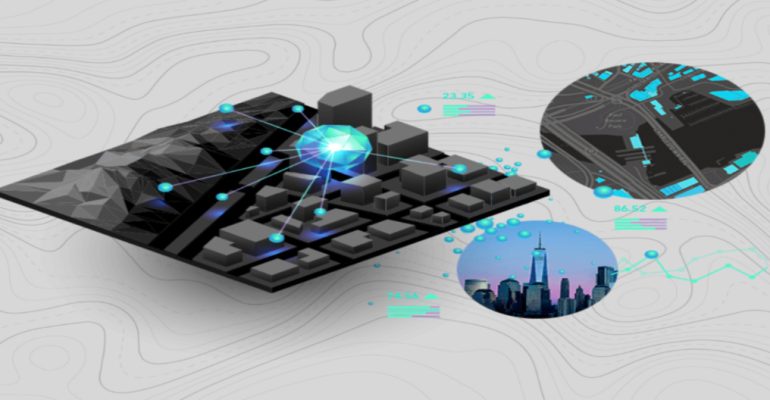Harness the power of spatial analytics
January 3, 2023 2023-02-17 13:13Harness the power of spatial analytics
Harness the power of spatial analytics
Imagine a world in which companies could improve their execution processes by dynamically calculating, assessing, and refining the way they dispatch their sales staff based on spatial location. Sounds like you’re reading the future or something, right?
It’s a reality that is already happening in the world of e-commerce. Amazon is one of the leaders in this technology, with more than 100 million active customers worldwide. In fact, they have been able to do so much with this technology because they have access to real-time data about customer preferences and intent at every point of sale – across all channels – across thousands of products.
So, if you are an e-commerce company and you want to leverage more efficiency in your operations process – here are five ways you can use this technology:
1. Identify hidden costs and optimize your supply chain
Spatial analytics technology can help you identify where products are stored, how much inventory is left, and how long it will take to restock a product. This information will allow you to determine how long it takes to restock an item and how much money your company will save by not having to buy more inventory.
2. Optimize delivery routes and minimize delivery times
If you have a warehouse in more than one city, you might need to determine the best route for delivering goods from your warehouse to customers’ doorstep. Spatial analytics technology can help you determine which cities are most efficient for delivering products within a specific time, whether that’s daily, weekly, or monthly.
3. Improve customer experience with real-time tracking data
Your customers expect that they can track their orders throughout the entire process – from when they place an order until when they receive their package at their home or office. With spatial analytics technology, you can use data points such as location or device type to track where your customers are always located so that you can send them notifications when their package is picking up from the post office or has arrived at their doorsteps
4. Increase customer satisfaction
The average consumer spends around $100 on online shopping every year, and they expect their online shopping experience to be seamless and efficient. Using spatial analytics technology, retailers will be able to understand how customers move through the store and where they spend more time or linger longer after making purchases. This information can be used to tailor the store layout and product display so that it appeals to the most popular customer demographics.
5. Lower operating costs
Spatial analytics technology helps retailers identify operational inefficiencies across all departments within their stores or offices, including transportation, storage, inventory management, order fulfillment, etc., which allows them to identify opportunities for cost savings that can be passed on to customers in the form of lower prices or service fees.
Spatial analytics technology is not just for the customer oriented, revenue generating functions within a company. It’s also for those who are looking to improve the way their company operates on a day-to-day basis. No longer should operational needs be overlooked in the very important push to gain customer loyalty through innovative customer service, attaining more targeted marketing appeals, and streamlined customer interaction and experience.
At Esri Eastern Africa, we provide clients with working GIS solutions. You can now buy ArcGIS products online.








Comment (1)
Nadia MEKHLOUFI
Intéressant